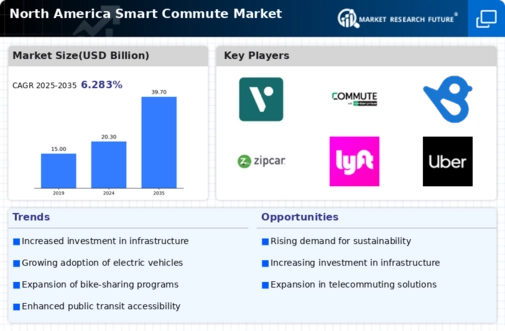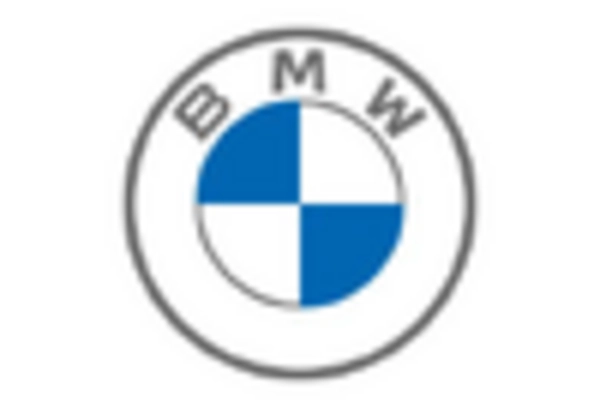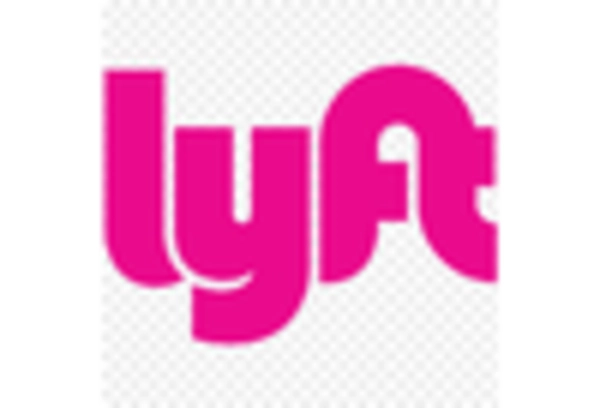Government Initiatives and Funding
Government initiatives play a crucial role in propelling the smart commute market in North America. Various federal and state programs are designed to promote smart transportation solutions, with funding allocations exceeding $1 billion annually for infrastructure improvements. These initiatives often focus on enhancing public transit systems and developing smart city projects that integrate advanced technologies. For example, the Smart City Challenge initiated by the U.S. Department of Transportation encourages cities to innovate in transportation solutions, thereby fostering a conducive environment for the smart commute market. Such government backing not only stimulates investment but also encourages public-private partnerships, further driving growth in the industry.
Urbanization and Population Growth
Urbanization trends in North America are significantly influencing the smart commute market. As urban populations continue to swell, with projections indicating that over 80% of the population will reside in urban areas by 2050, the demand for efficient commuting solutions intensifies. This urban growth necessitates the development of smart infrastructure to accommodate increased traffic and reduce congestion. The smart commute market is thus positioned to benefit from this demographic shift, as cities seek innovative solutions to manage transportation challenges. Moreover, the rise in population density often correlates with a greater acceptance of shared mobility services, which are integral to the smart commute market.
Environmental Concerns and Climate Policies
Environmental concerns are increasingly shaping the smart commute market in North America. With climate change becoming a pressing issue, there is a growing emphasis on reducing carbon emissions from transportation. Legislative measures aimed at promoting sustainable commuting options, such as incentives for electric vehicle adoption and investments in public transit, are gaining traction. For instance, several states have set ambitious targets to reduce greenhouse gas emissions by 40% by 2030. These policies not only encourage the adoption of smart commuting solutions but also align with the broader goals of the smart commute market, fostering a shift towards more sustainable transportation practices.
Consumer Demand for Convenience and Flexibility
Consumer preferences are evolving, with a marked shift towards convenience and flexibility in commuting options. The smart commute market in North America is responding to this demand by offering integrated solutions that combine various modes of transportation. The rise of ride-sharing platforms and on-demand transit services exemplifies this trend, as they provide users with tailored commuting experiences. Surveys indicate that over 60% of commuters prioritize convenience when choosing their mode of transport, which underscores the importance of user-centric solutions in the smart commute market. This growing consumer expectation is likely to drive further innovation and investment in the industry.
Technological Advancements in Mobility Solutions
The smart commute market in North America is experiencing a surge due to rapid technological advancements in mobility solutions. Innovations such as mobile applications, real-time data analytics, and artificial intelligence are enhancing the efficiency of transportation systems. For instance, the integration of AI in traffic management systems has shown to reduce congestion by up to 30%, thereby improving commute times. Furthermore, the proliferation of electric vehicles (EVs) is reshaping the landscape, with EV sales in North America projected to reach 7 million units by 2025. This shift not only supports the smart commute market but also aligns with broader sustainability goals, making it a pivotal driver in the industry.


















Leave a Comment